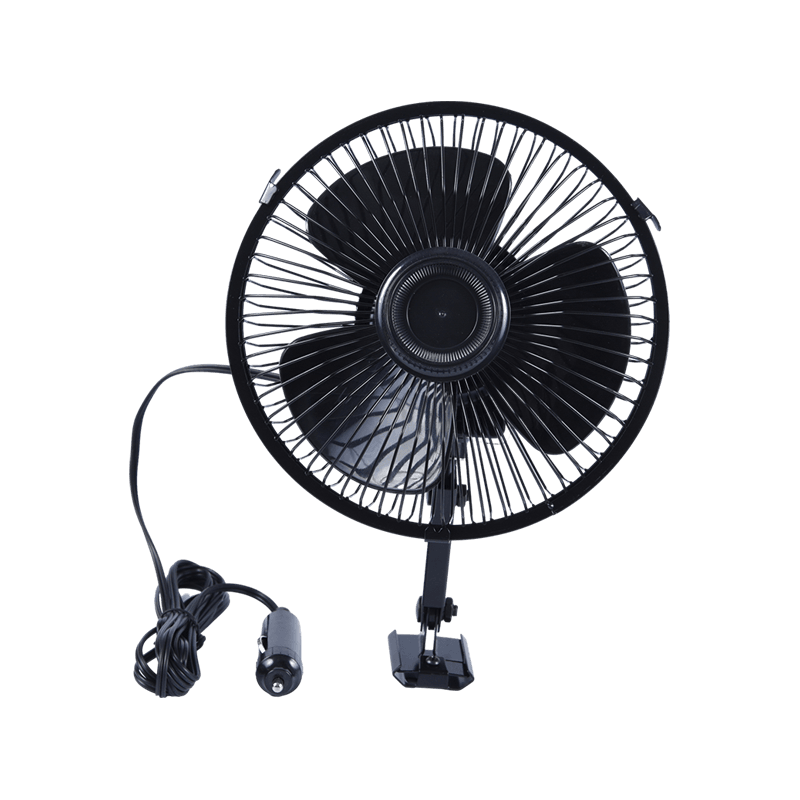Maintaining correct tire pressure is a fundamental aspect of vehicle safety, fuel efficiency, and tire longevity. While gas station air pumps are common, a dedicated Car Air Compressor is an invaluable tool for any driver, offering convenience and preparedness for unexpected pressure loss.
What is a Car Air Compressor?
A Car Air Compressor is a compact, portable device designed to inflate a vehicle's tires by drawing in ambient air, compressing it, and forcing it into the tire through a hose and valve connector. It's typically powered by the vehicle's 12-volt DC electrical system via the cigarette lighter/power socket or, in some cases, directly connected to the battery terminals using clamps. Some high-power models may also offer rechargeable battery operation. Its primary function is to restore tires to their manufacturer-recommended PSI (Pounds per Square Inch) levels efficiently and conveniently, anywhere.
Key Factors to Consider When Selecting a Car Air Compressor
Choosing the right Car Air Compressor requires evaluating several technical and practical aspects:
Performance Specifications:
Maximum Pressure (PSI): This is the highest pressure the Car Air Compressor can generate. Most passenger vehicles require inflation up to 35-50 PSI, while trucks, SUVs, or trailers might need higher pressures (e.g., 60-100 PSI or more). Crucially, ensure the compressor's maximum PSI rating exceeds the maximum pressure required by your vehicle's tires. A rating of at least 100-150 PSI provides a comfortable safety margin for most cars and light trucks.
Airflow (CFM - Cubic Feet per Minute): This measures the volume of air the Car Air Compressor can deliver. A higher CFM rating means faster inflation times. While even low CFM compressors will eventually inflate a tire, higher CFM (e.g., 1.0 CFM and above) significantly reduces waiting time, especially for larger tires or after a complete flat. Consider the size of your tires when evaluating CFM needs.
Duty Cycle: This indicates the continuous run time the Car Air Compressor can handle before needing a cool-down period, expressed as a percentage (e.g., 15 minutes on / 45 minutes off = 25% duty cycle). Higher duty cycles (e.g., 30-50% or more) are desirable for inflating multiple tires or larger tires without overheating the motor. Low-duty-cycle compressors may overheat and shut down if pushed too long.
Power Source & Delivery:
12V DC (Cigarette Lighter Socket): The most common and convenient option. Critically, verify the compressor's amperage draw and ensure your vehicle's socket fuse rating is sufficient (e.g., a 15-20 amp fuse is common; compressors drawing close to or exceeding this limit risk blowing the fuse). Models with alligator clamps for direct battery connection often handle higher amperage and are necessary for compressors exceeding ~10-15 amps or for prolonged use, avoiding strain on the lighter circuit.
Rechargeable Battery: Offers cordless convenience for quick top-ups or emergencies away from the vehicle. Consider battery life per charge and recharge time. Performance (PSI/CFM) may be lower than comparable corded models.
Dual Power (12V + Battery): Provides maximum flexibility but may come at a higher cost.
Build Quality & Features:
Construction: Look for durable materials (metal components preferred where possible, especially for the cylinder/pump) and a robust housing. Quality impacts longevity and heat dissipation.
Integrated Pressure Gauge: An essential feature. Digital gauges are often easier to read precisely than analog dials. Ensure it's accurate and clearly visible. Some models offer "set-and-forget" functionality to automatically stop at a pre-selected PSI.
Hose Length & Quality: A longer hose (e.g., 18-24 inches or more) provides flexibility to reach all tires easily. A coiled hose stores compactly. Ensure the hose and valve connectors (e.g., Schrader valve) are sturdy and leak-resistant.
Cooling & Overheating Protection: Adequate motor cooling (vents/fans) and built-in thermal overload protection that automatically shuts the unit off if it overheats are vital safety features that extend the compressor's life.
LED Work Light: Extremely useful for nighttime inflation emergencies.
Storage & Accessories: Consider size and portability. A carrying case is beneficial. Check for included nozzle adapters for sports equipment, air mattresses, etc.


 English
English Português
Português عربى
عربى 中文简体
中文简体











